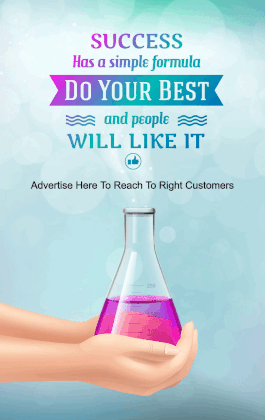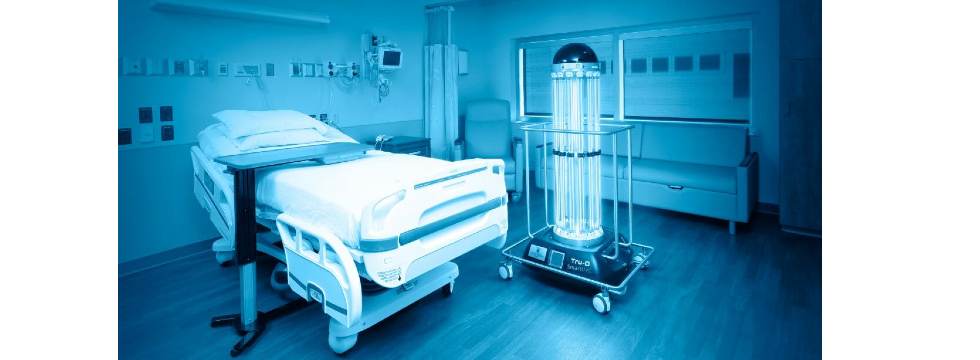Marabu’s UV LED Screen Printing Ink Technology Has a Focus on Glass Substrates

UV-LED curable inks are now part and parcel of the printing industry. At ink manufacturer Marabu, they have been a key focus for several years. Ultra Pack LEDC, Marabu’s first range of UV-LED curable inks, was launched in 2015 following successful screen-printing tests. The advantages of UV-LED curing quickly became clear – including their application in the glass industry, where these advanced and eco-friendly inks are increasingly employed. In response to this trend, Marabu has now developed UV-LED curable screen-printing inks especially for use on glass – Ultra Glass LEDGL.
Manufacturers and customers place their trust in UV-LED technology
Industry players have come to value the many benefits of UV-LED curable products. Particularly for packaging, more and more manufacturers are equipping their printers with space-saving UVLED lights. A key advantage over conventional halogen is that the UV-LED wavelengths are in the UV-A range. Consequently, they do not generate ozone emissions. The UV-LED unit comprises an array, i.e. an assembly of multiple individual LEDs. In the printing industry, wavelengths in the 385nm to 395nm range have proven ideal for curing.
The advantages of UV-LED curing
Unlike conventional UV lights, UV-LEDs do not have to be pre-heated prior to use in production. Eliminating the corresponding stand-by period, e.g. due to a period of printer inactivity or when switching print jobs, accelerates the printing process and cuts costs. Although UV-LEDs have a higher purchase price than UV tube lights, they have a considerably longer life. UV-LED units can be used for up to 40,000 hours without significant energy loss. And there are further arguments in their favour: The LEDs emit very little heat, and they are virtually maintenance-free. Their strengths shine even brighter during sustained use. Compared to conventional UV, LEDs cut energy consumption by at least 50 per cent. When they are employed for ceramic inks, this improvement increases by a further 56 per cent by eliminating the need for oven curing. This is an important contribution towards greater sustainability within the printing industry. In addition, the UV-LED units do not contain mercury – a further plus for the environment. These factors, in conjunction with the elimination of the ozone emissions commonly associated with UV curing, make UV-LED technologies an attractively cost-efficient and eco-friendly alternative.
Advanced inks ideal for industrial glass printing
The glass manufacturing and finishing industry is huge, and has a broad range of applications. Evolving requirements for surface finishing continue to create new technical challenges. This is where Marabu steps in. By cooperating closely with glass-manufacturing companies, the ink manufacturer, based in the Stuttgart region, develops tailor-made solutions for highly specific needs. In particular, they have partnered with enterprises interested in or already using UV-LED curing to develop a special UV-LED curable screen-printing ink especially for glass. The Ultra Glass LEDGL range has excellent properties in terms of initial adhesion, opacity, gloss and reactivity. It includes brilliant and high-gloss colours, plus highly opaque inks for outstanding visibility on dark substrates. Compared to its competitors, Marabu offers a much wider variety of high-opacity options. Furthermore, the special LED-compatible formula of Ultra Glass LEDGL inks enhances initial adhesion and abrasion resistance shortly after printing. UV-LED curing also supports pinning – i.e. the use of an intermediate curing process that enables 360-degree decoration of round objects, such as hollow glass containers.
Industry players embrace the benefits of Ultra Glass LEDGL inks
Ultra Glass LEDGL UV-LED curable screen-printing inks’ outstanding properties make them ideal for diverse applications. They are well suited, for instance, for printing on glass packaging, e.g. beverage bottles or flat glass for use in interiors. And on metal surfaces as well, LEDGL inks offer outstanding adhesion and very good resistance to chemicals, water and abrasion. They can also be used for decorating e.g. fragrance bottles in the cosmetics industry, plus glassware for the hospitality industry, glazed ceramics, anodised aluminium and painted surfaces. Depending on where and how the printed item will be used, the substrate will need to be pre-treated. Ultra Glass LEDGL is a two-component ink; therefore, an adhesion modifier must be added for proper application and the best results. The range truly stands out in terms of the flexibility it allows during the printing process. Enterprises can leverage either UV-LED or conventional UV curing for printing, empowering them to meet customers’ specific and varying needs.




